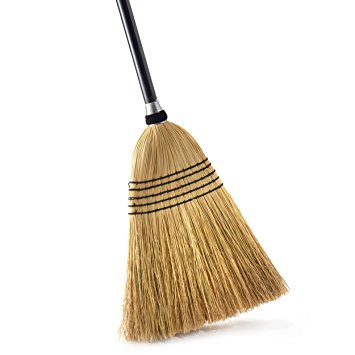
So, by all means blame the Scotch broom, but you might also have other allergies to deal with. However, the odor is thought to trigger headaches and other miseries in people with other allergies such as to grass.

Allow me to respond to each of these half-truth, half-myths.įirst, the pollen of Scotch broom is very heavy and not very likely to be blowing in the wind.

And third, I hear from newcomers to the area that they think it is a native plant because of how widespread it is. Second, people tell me that the highway department plants it everywhere. First, people tell me they hate this plant because they are allergic to it. There are three things I often hear about Scotch broom (or Scot’s broom, which may be the correct common name, but is not as commonly used). Do not spray plants with seed weevils.Scotch broom ( Cytisus scoparius) in flower is a cheery yellow but that just doesn’t make up for how invasive it is in Washington. You can pop open a mature, brown Scotch broom seedpod to see if seed weevils are working. They can destroy up to about 80 percent of the broom seed inside the pods. The Oregon Department of Agriculture has released a species of seed weevil whose larvae feed on the developing Scotch broom seedpods. Scientists continue to investigate biological control possibilities for Scotch broom and other noxious weeds. You can be liable for injury or damage from herbicide use. Remember to wear protective clothing, read the label and follow instructions, and be cautious. If you are unsure about the use of herbicides, contact your county Extension educator. "Be careful when using herbicides to minimize drift and injury to non-targeted plants," Hulting warned. Avoid spraying when plants are blooming the flowers can prevent thorough coverage to plant tissues. Several broad-spectrum herbicides, including glyphosate and imazapyr, can be effective in controlling Scotch broom infestations. Since Scotch broom seed lasts for years in the soil, vigilance is necessary to prevent reinvasion by new seedlings.

Later it was used to prevent erosion and stabilize banks and sand dunes. Scotch broom was introduced from Europe as a garden ornamental by early settlers of the Pacific Coast.

– Although admired for its yellow blooms, the Scotch broom shrub has become an invasive species throughout the Pacific Northwest, where it competes with native plants and forms dense stands that are difficult to manage and remove.


 0 kommentar(er)
0 kommentar(er)
